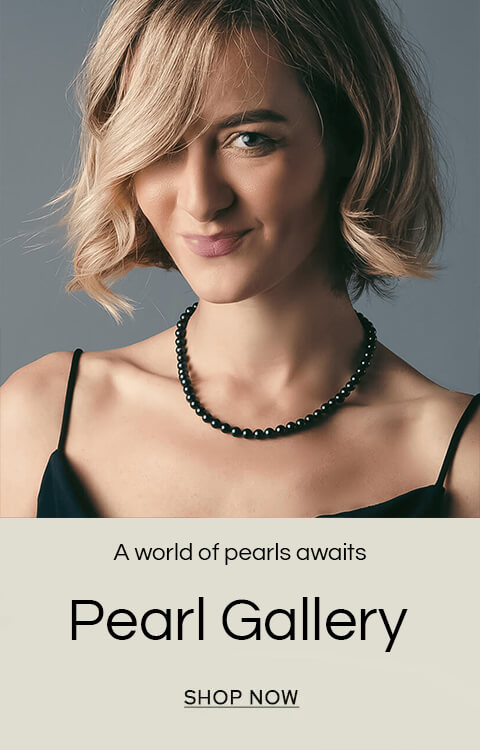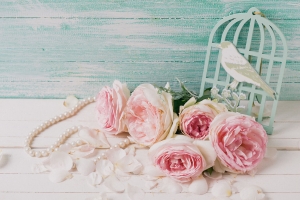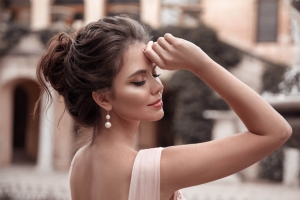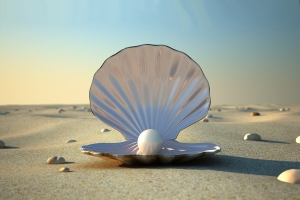Pearls of the Crown: The Lustrous Legacy of Queen Elizabeth I and Royal Adornments

The history of the British monarchy is not only characterised by its reigns and revolutions but also its regalia. Among the shimmering diamonds and glowing rubies that have adorned the royals through the ages, pearls have always held a special place. These radiant orbs, products of time and patience, have been cherished and sported by monarchs and royals for centuries. Their lustre subtly symbolises purity, wealth, and power.
Queen Elizabeth I: The 'Pearl' of England
Queen Elizabeth I, often referred to as the 'Virgin Queen', had a well-documented love for pearls. To her, these gems were not mere accessories but were deeply entwined with her identity as a ruler. Their soft glow complemented her alabaster skin and fiery red hair, making her appear ethereal, almost otherworldly.
Throughout her reign, portraits of Elizabeth I consistently portrayed her draped in pearls. From ropes of pearls intertwined in her elaborate ruffs and collars to the multiple strands that often cascaded down her regal gowns, pearls were omnipresent. They were sewn onto her dresses, pinned in her hair, and even adorned her shoes.
But why this particular affection for pearls? In Elizabethan times, pearls symbolised purity, an attribute the queen cleverly utilised to reinforce her image as the untouched and ever-virginal ruler. Furthermore, pearls were incredibly rare and valuable during this era, signifying wealth, prestige, and exclusivity. By adorning herself with these radiant gems, Elizabeth I projected an image of unrivalled wealth and authority.
Royal Pearls Through the Ages
Pearls have been favoured by royals across Europe for generations:
-
Cleopatra: The legendary queen of Egypt, known for her unparalleled beauty, is said to have dissolved a pearl in vinegar and drank it to prove her wealth and power to Roman general Mark Antony.
-
Mary, Queen of Scots: A contemporary of Elizabeth I, Mary too was fond of pearls. She often wore a pearl necklace, which is said to have been inherited by her son, James I, and subsequently became a part of the British Crown Jewels.
-
Empress Eugénie of France: As a style icon of the 19th century, Empress Eugénie had a significant collection of pearls. She believed in their power to protect and bring luck, often seen wearing elaborate tiaras and necklaces adorned with these gems.
-
Queen Alexandra of England: The wife of Edward VII had a penchant for layering multiple pearl necklaces, resulting in a cascade of glowing gems against her royal attire.
The Significance of Pearls
What is it about pearls that have made them so beloved by the world's most powerful women?
Firstly, pearls are unique. They're the only gemstone created by a living organism, a beautiful result of an oyster's response to an irritant. The process by which a pearl forms is a metaphor for resilience and transformation — qualities revered in strong leaders.
Secondly, pearls have been associated with femininity and motherhood, given their birth from the sea's depths. For queens and princesses, pearls accentuated their grace, offering an aura of both strength and softness.
Lastly, the rarity and value of pearls, especially during the times of Elizabeth I, made them a clear marker of opulence. To own and wear pearls was to showcase one's unrivalled wealth and status.
In Conclusion
The history of pearls in royal regalia isn't just a tale of fashion trends. It's a testament to the enduring allure of these gemstones and their ability to symbolise power, wealth, and grace. As Queen Elizabeth I demonstrated, pearls are more than just adornments; they're emblematic of a ruler's strength and the radiant legacy she leaves behind.
For today's admirer, pearls still hold that timeless charm. They aren't just remnants of a bygone era but continue to be a beacon of elegance, a statement of sophistication, and most importantly, a connection to history's powerful women. Whether worn as a simple strand or a dazzling accessory, pearls are, and will always remain, gems fit for royalty.




